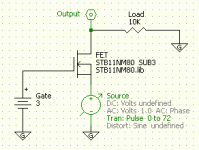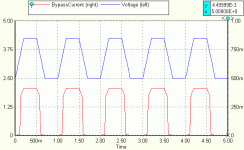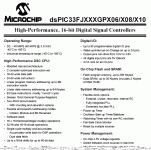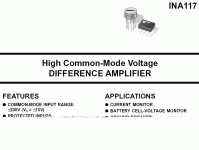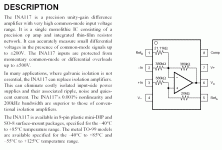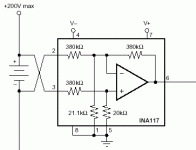the whole point of the low gate voltage fets was to be able to use an opto-coupler to use the individual cell's voltage to turn it on. you're also going to need to be able to measure the voltage of each cell while the fet is on and when it is off. then you can take about 256 samples and average them to get the average voltage of the cell depending on the duty cycle the fet is driven at, then you adjust the duty cycle to get the voltage where you need it, this seems pretty hard to get right, and you need to be able to drive all of the fets at the same time, so you are going to have to use a slow pwm frequency. it seems like this approach to balancing is going to be more expensive than the analog version, and much harder to get right. you could still get the same effect though, without any pwm, when the cell gets to 3.65V make the charger go into 100mA charge mode, that is the current the cell is considered to be done at when its at 3.65V, after you switch from high current down to 100mA the voltage of the cell will drop below 3.65V, and when it gets back up to 3.65V you turn on the shunt and that cell is done. this would probably take a lot longer to top off at the end though.
it will probably just be cheaper and better to use the analog shunts on each cell and use the MCU for other things, and to communicate with the charger. it can monitor the cells and set to charger into low current mode when it sees a cell get to 3.6V, and also do the LVC, it could also measure the current coming out of the pack for a battery level meter with an LCD display or something, show the voltage of th lowest and highest cell during discharge etc. plenty of stuff for the MCU to be able to do that would take a lot more money to do with just analog components.


